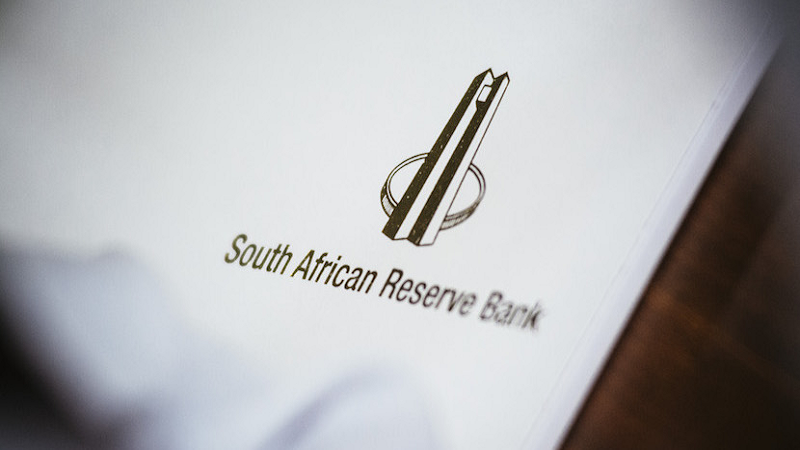South African Reserve Bank Monetary Policy Committee member and head of economic research and statistics, Rashad Cassim, has said the Reserve Bank has done much good for South Africa’s economy, but the structural economic problems that pervade South Africa are beyond its power.
Cassim was speaking in Cape Town on Thursday evening during that city’s leg of the Reserve Bank’s monetary policy forum.
His remarks came amid conflicting messages within the governing African National Congress about expanding the mandate of the Reserve Bank.
Ace Magashule said on Tuesday that the ANC’s National Executive Committee resolved during a weekend Lekgotla that the Reserve Bank’s mandate would be amended beyond protecting the rand’s value in the interests of economic growth and development to boosting employment.
Minister of Finance Tito Mboweni and ANC sub-committee on economic transformation head, Enoch Godongwana, denied what Magashule said, saying the NEC made no decision to change SARB’s mandate. Cyril Ramaphosa, in his capacity as ANC president, on Thursday evening put out a statement reaffirming the mandate of the central bank and describing the current spat as “not helpful”.
Cassim told attendees at the forum in Cape Town that few countries had a more explicit employment mandate than South Africa, but the Reserve Bank could only do so much on a practical level about the problems that pervaded the country.
“We have a different way of looking at it, we call it flexible inflation targeting. When the outlook gap is negative, we ask what we can do. The structural unemployment rate is outside of the control of monetary policy.
“The unemployment has grown for a variety of reasons. We have been saying for a very long time that there are ways to grow. One way is to get back to the baseline of well operating entities, efficient government and low costs of doing business. Once that is right, you can get to 3% growth,” Cassim said.
‘What state capture looks like’
Speaking on South Africa’s poor economic growth, Reserve Bank lead economist for regional policy David Fowkes said in the the period after the global economic crisis of 2008, public investment in infrastructure has risen, but that growth did not follow suit. He said the impact of state capture could not be overlooked.
On Tuesday Stats SA announced that SA GDP growth shrank by 3.2% in the first three months of the year, the biggest drop in a decade.
“With this labour pool and infrastructure, under a normally functioning economy, growth should be at 4% and there certainly hasn’t been growth of 4%.
“This is the evidence of what state capture looks like. Where you have major investment and no growth. We suspect that the damage that has been caused by state capture is worse than originally suspected,” said Fowkes.
Reserve Bank associate economist, Bojosi Morule, said even though South Africa was in for a challenging economic period, there was still cause for cautious optimism if political will prevailed.
“We expect a weaker global economy in 2019, but there are some pickups for emerging markets. SA’s potential for growth is low and there are no quick fixes.
“I struggle to imagine why our current attitude towards South Africa’s problems are insurmountable. Many countries such as China have faced the challenges we face and have overcome those. It’s certainly a heavy task that demands political will, but it is not insurmountable,” said Morule.
(Source: Fin24)






 WhatsApp us
WhatsApp us 

